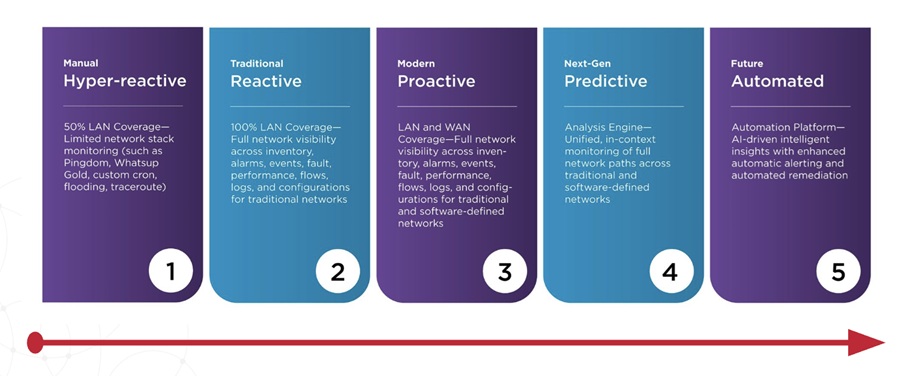Nearly half (45%) of customer service reps (CSRs) avoid adopting new technologies by relying on legacy systems and tools, according to a survey from Gartner, Inc.
A Gartner online survey of 888 CSRs and support specialists from August 2022 revealed access to legacy systems is the main barrier to new technology adoption.
"Many leaders believe that certain groups are less likely to adopt new technologies, such as reps who are older or work from home," said Melissa Fletcher, Sr Principal, Research in the Gartner Customer Service and Support practice. "However, the survey shows that these groups are not more likely to resist new technology, and what matters instead is reps’ access to legacy systems and tools."
Reps who have consistent access to outdated tools use them 20% more frequently than reps who have less access to them. Half report still having access to legacy systems and tools seven to 12 months after a new technology rollout, given the difficulty that comes with removing such.
"Shutting down old systems is the single most impactful action that a leader can take to encourage rep adoption of new technologies, but it shouldn’t happen all at once," said Fletcher.
Customer service and support leaders can take three approaches to ease into shutting down legacy systems:
1. Grouped features: Assign features to groups based on the screens or systems they are in, and then remove rep access to these groups one phase at a time.
2. Login elimination: Remove direct login to the legacy system, and only allow legacy login for features not yet implemented.
3. Designated user groups: Assign a small group of reps who will have permission to perform actions in the legacy system, while removing access for the remaining reps.
"Prior to engaging in any shutdown strategy, customer service leaders should meet with key stakeholders in IT as well as front line managers to set expectations around the transition period and the issues that are likely to arise," said Fletcher. "Cross-functional teams can better assess causes of reduced performance such as system bugs or user error and develop short-term workarounds to maintain productivity while addressing these issues."


